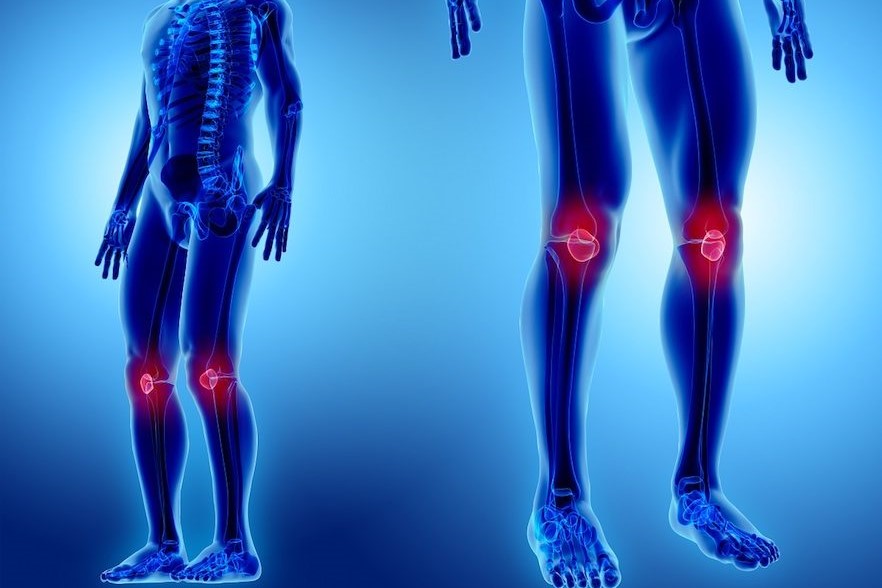
Fracture of the kneecap: surgery and rehabilitation
Fracture of the kneecap: Of the three bones that make up the knee joint, i.e. the femur, tibia and kneecap, it is the kneecap that is at greater risk of fracture in the event of an injury, due to its location
A fracture of the kneecap is an injury that should not be underestimated, not least because it can limit if not prevent movement.
Fracture of the kneecap: What causes it?
The kneecap can fracture in several ways:
- when falling on the front of the knee, especially if it is bent;
- while climbing stairs;
- in the case of what is known as dashboard trauma, when the driver slams his bent knee against the car’s internal structure during a car accident.
Patella fracture: diagnosis
In order to correctly diagnose a patella fracture and identify its characteristics, an X-ray is necessary.
There are different types of fracture:
- transverse, if it has a line running horizontally across the front of the bone;
- comminuted, i.e. multi-fragmented, with a central point of impact and the fracture rims radiating across the surface, resembling a sort of star;
- longitudinal, although this is rarer.
The fracture can also be compound, if the bone fragments remain in contact or are spaced one to two millimetres apart; or decomposed, if contact between the bone fragments is lost.
Finally, the fracture may present itself with a skin lesion, the presence of swelling and a significant effusion of blood inside.
Surgery in case of a patella fracture
Once the X-ray examination has shown its results, a decision can be made on how to proceed with treatment.
A patella fracture tends to involve surgery, especially if it is complete and therefore affects the entire thickness of the bone.
It is important to note that the patella is joined by the patellar and quadriceps tendons, which form the extensor apparatus of the knee.
This carries the proximal bone fragment upwards while the distal bone fragment remains attached to the tibia by the patellar ligament. Hence the inability of the subject to maintain an upright position.
Surgery is indicated for compound fractures, which are the most frequent, while if the fracture is compound, conservative surgery with plaster can be used, which will serve to maintain contact between the bone fragments during healing.
In particular, injuries from car accidents can also cause ligaments to be injured, especially the cruciate ligaments.
These injuries, however, will be treated at a later date because healing the patella fracture is obviously the priority.
Fracture of the kneecap – rehabilitation
Once the fracture has healed, it is time to define, together with the specialist, a rehabilitation path, which will allow the patient to recover joint mobility, muscle strengthening – which may have been impaired by forced immobility – and the reduction of joint stiffness.
After the operation or plaster treatment, the specialist will take care of the patient so that he can gradually put his body weight on the leg affected by the fracture.
It will take at least two to three months to be able to return to daily activities, e.g. physical activity.
Fracture of the kneecap: Complications
In certain cases, certain complications may be associated with a fracture of the patella: a form of post-traumatic arthrosis may develop due to the involvement of the patellofemoral cartilage, especially if the fracture is multi-fragmented.
Not only that, the patient may suffer a form of chronic pain and inflammation, stiffness, and experience joint bursting.
Read Also:
Wrist Fracture: How To Recognise And Treat It
Fractures And Injuries: What To Do When Ribs Are Broken Or Cracked?
Hand And Wrist Sprains And Fractures: The Most Common Causes And What To Do


